Don't hesitate to send a message
How can E-City Bike Motor improve your riding efficiency?
Intelligent power assist: making riding an extension of "integration of man and vehicle"
The core competitiveness of E-City Bike Motor lies in the collaborative work of its torque sensor and intelligent algorithm. Traditional electric bicycles often have a fragmented riding experience due to delayed intervention or uneven power assist, while the new generation of motors use high-precision sensors (sampling frequency can reach 1000 times/second) to capture cadence, torque and slope changes in real time, and then dynamically adjust the power assist output in combination with the built-in riding scenario database (such as the preset "urban road" and "mountain climbing" modes). For example, when encountering a 3% slope, the motor will not directly start the maximum torque, but will first test the rider's intention with 20% power assist. If the cadence continues to decrease, the power assist will be gradually increased to 80% to avoid "sudden feeling". This "progressive power assist" technology allows riders to accelerate, climb or headwind without frequently switching gears, and physical exertion is reduced by more than 60% compared to traditional bicycles, which is suitable for urban congested roads that require frequent starts and stops. Actual test data shows that in a 10-kilometer commute, the peak heart rate of the rider equipped with such a motor is reduced by 15%-20%, and muscle fatigue is reduced by 40%, truly achieving "riding far without effort".
High torque and instant response: redefining the speed of urban riding
In urban commuting, starting at traffic lights and climbing bridges are "invisible killers" of efficiency. E-City Bike Motor achieves the output characteristics of low speed and high torque through the design of mid-mounted motors or high-performance hub motors. Taking Bosch Performance Line CX motor as an example, its peak torque can reach 85N·m, and more than 90% of the torque can be released in the low speed range (0-15km/h), which means that when the vehicle starts at rest, the motor can instantly provide more than 3 times the power of the rider's full pedaling. With a rated power of 250W, the vehicle can accelerate from rest to 25km/h in 3 seconds (in line with EU regulatory limits), which is 2-3 times more efficient than ordinary bicycles. The motor optimizes the gear ratio (such as using a wide gear ratio range of 14T-28T), allowing riders to maintain pedaling frequency while reducing pedaling force. Especially when climbing, steep slopes (such as 8% slope) that originally required standing and rocking the bike can now be easily passed by just sitting and pedaling, thus shortening commuting time by 10%-15%.
Energy recovery: Make downhill a "hidden charging station"
In traditional electric bicycles, kinetic energy when going downhill or braking is often wasted in the form of heat energy, while the new generation E-City Bike Motor converts this link into endurance gain by integrating a kinetic energy recovery system (KERS). When the rider slows down or goes downhill, the motor automatically switches to generator mode, converting the rotational kinetic energy of the wheel into electrical energy and charging it back to the battery. Taking the DJI Avinox system as an example, its energy recovery efficiency can reach 15%-20%, which is equivalent to an additional 5-8 kilometers of endurance in daily commuting. This technology is particularly suitable for cities with many slopes (such as San Francisco and Lisbon). Actual measurements show that on routes with an average slope of 5%, the energy recovery system can extend the battery life by 12%-18%, reducing the frequency of daily charging. The energy recovery process does not require additional operation by the rider. The system automatically determines the recovery intensity through an algorithm (such as light recovery for gentle slopes on flat roads and strong recovery for steep slopes), ensuring a balance between riding comfort and energy efficiency.
Lightweight and compact design: breaking the contradiction between "power and weight"
Traditional electric bicycles are often clumsy to control due to the large size and heavy weight of the motor (generally over 5kg), while the new generation of E-City Bike Motor has achieved a breakthrough in "small size, high energy" through material innovation and structural optimization. For example, the ultra-thin mid-mounted motor launched by Tianteng Power is only 12cm thick and weighs 2.8kg (40% lighter than the previous generation), but can output 90N·m torque. This improvement is due to three core technologies:
Magnesium-aluminum alloy one-piece molded shell: 30% lighter than traditional aluminum alloy, while improving heat dissipation efficiency;
Planetary gear reducer: By optimizing the gear modulus and tooth shape, the volume is reduced while maintaining transmission efficiency;
Brushless DC motor (BLDC) technology: Distributed winding design is adopted to reduce copper loss and iron loss.
The lightweight design keeps the weight of the whole vehicle (including battery) within the range of 18-22kg, which not only ensures power output but also improves flexibility. For example, when changing lanes in narrow streets or parking next to crowded subway stations, the lightweight body can reduce the control torque by 30%, which is suitable for women or riders with weaker physical strength.
-
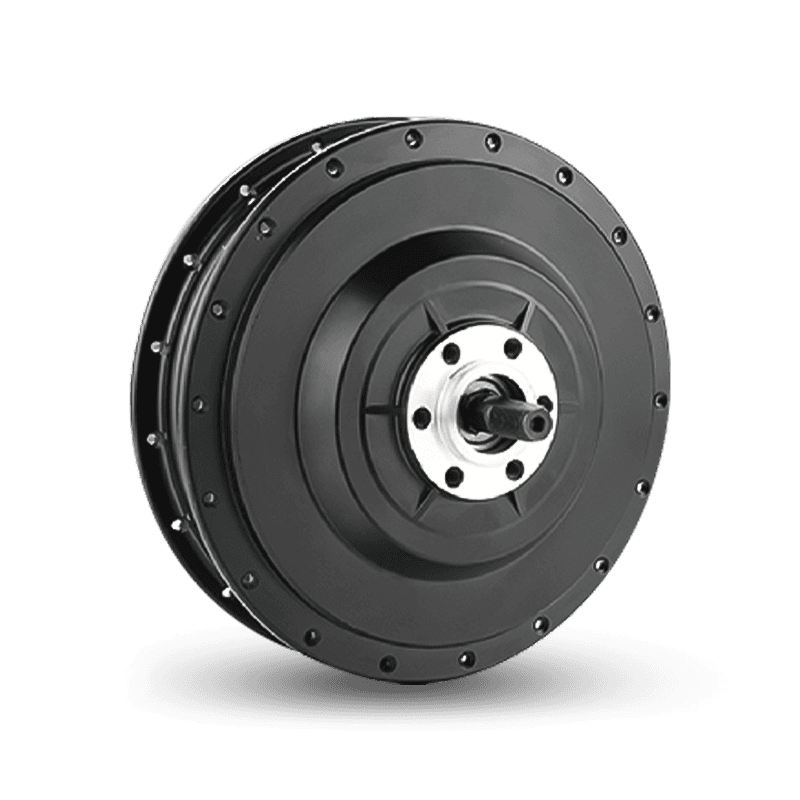 E-Type F500 Front Hub Motor
E-Type F500 Front Hub MotorThe E-Type F500 front hub motor is designed for E-Cargo and E-MTB bikes, offerin...
-
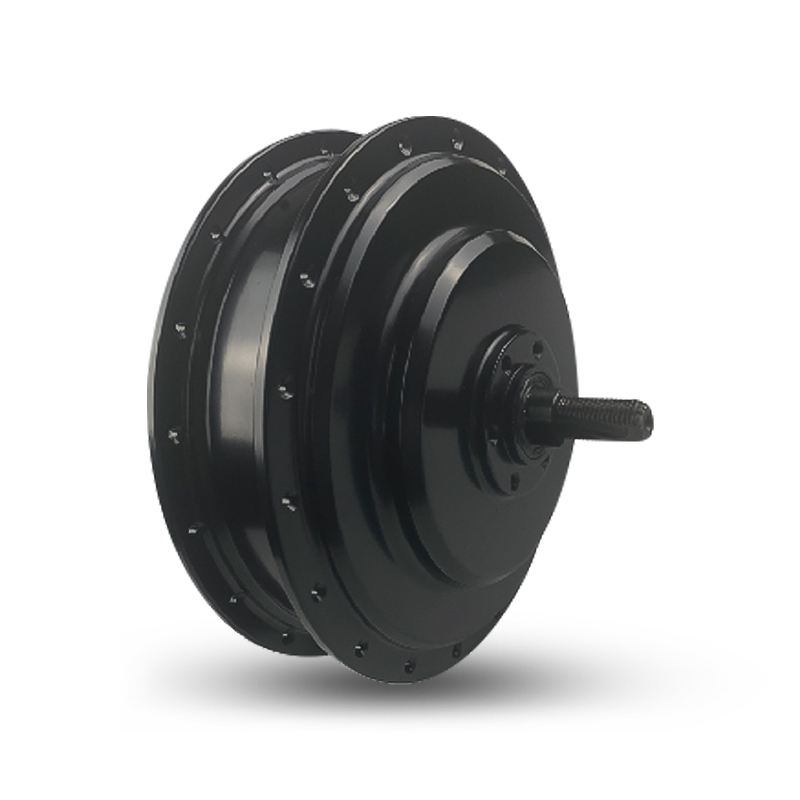 E-Type Pro RC750 Rear Hub Motor
E-Type Pro RC750 Rear Hub MotorThe E-Type Pro RC750 Rear Hub Motor is designed for E-Cargo and E-MTB bikes, com...
-
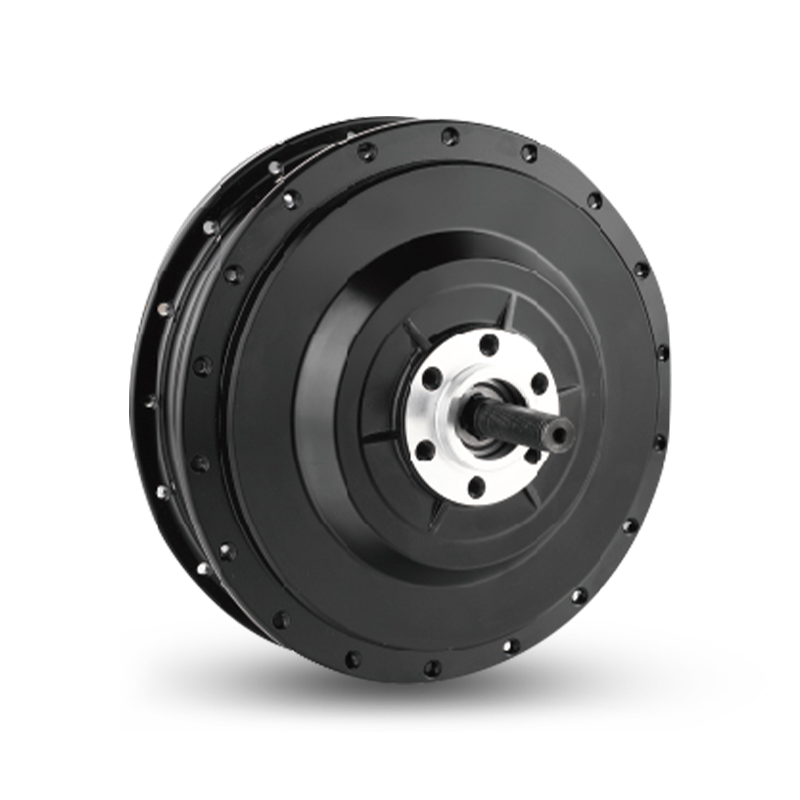 E-Type RF500 Rear Hub Motor
E-Type RF500 Rear Hub MotorThe E-Type RF500 Rear Hub Motor is designed for E-Cargo and E-MTB bikes, compati...
-
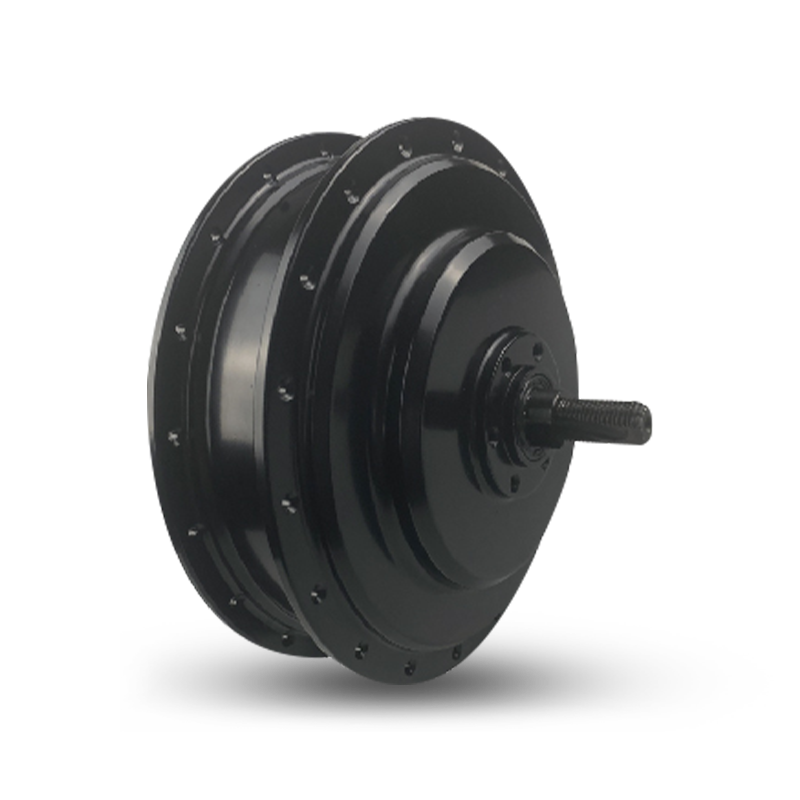 E-Type Pro RF750 Rear Hub Motor
E-Type Pro RF750 Rear Hub MotorThe E-Type Pro RF750 Rear Hub Motor is designed for E-Cargo and E-MTB bikes, com...
-
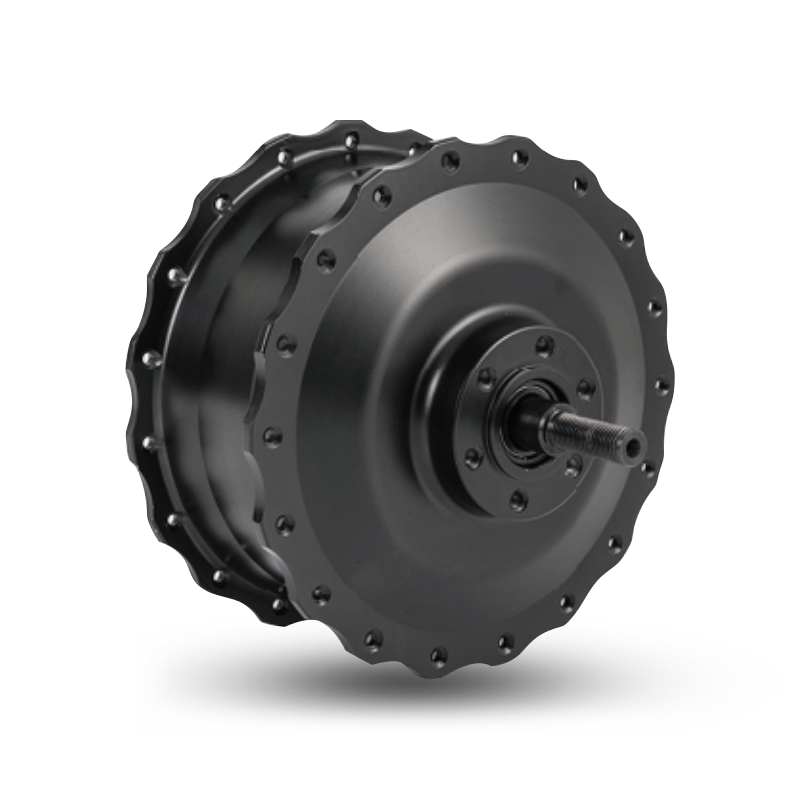 S-Type Pro F1500 Front Hub Motor
S-Type Pro F1500 Front Hub MotorThe S-Type Pro F1500 front hub motor, designed for E-Carao and E-Fat bikes, offe...
-
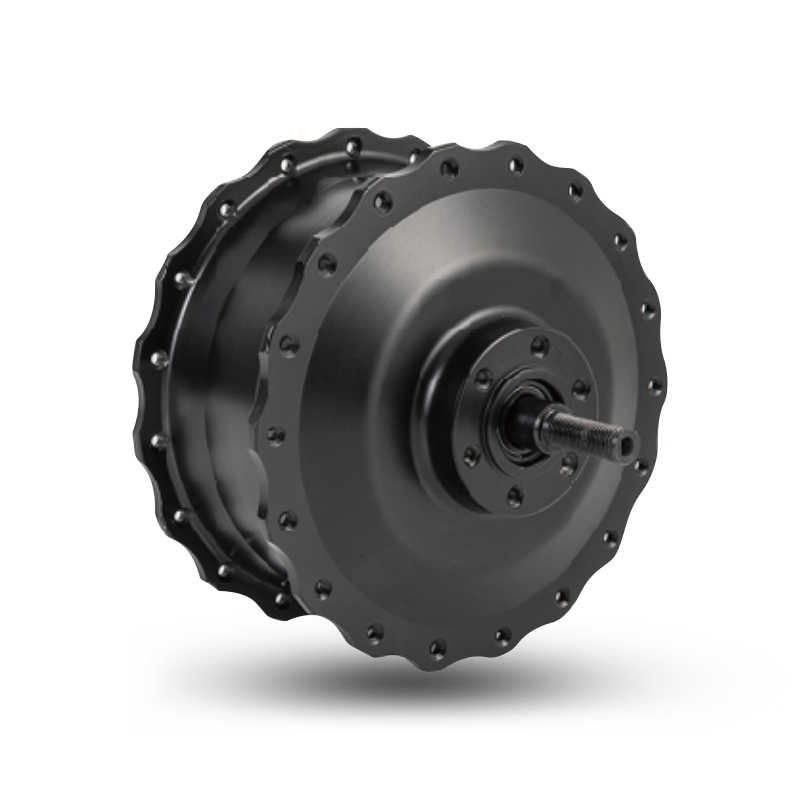 S-Type F750 Front Hub Motor
S-Type F750 Front Hub MotorS-Type F750 is designed for E-Cargo and E-Fat. The rated power ranges from 500W ...
-
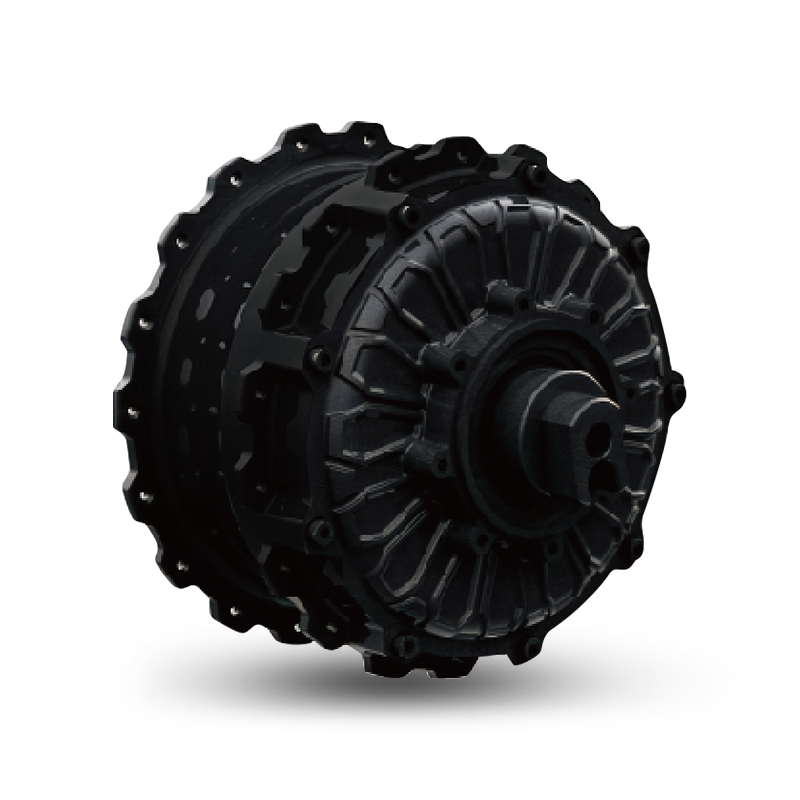 S-TYPE Max THRU AXLE Rear Hub Motor
S-TYPE Max THRU AXLE Rear Hub MotorThe S-TYPE Max thru-axle motor is designed for E-Fat, Moped, and Cargo applicati...
-
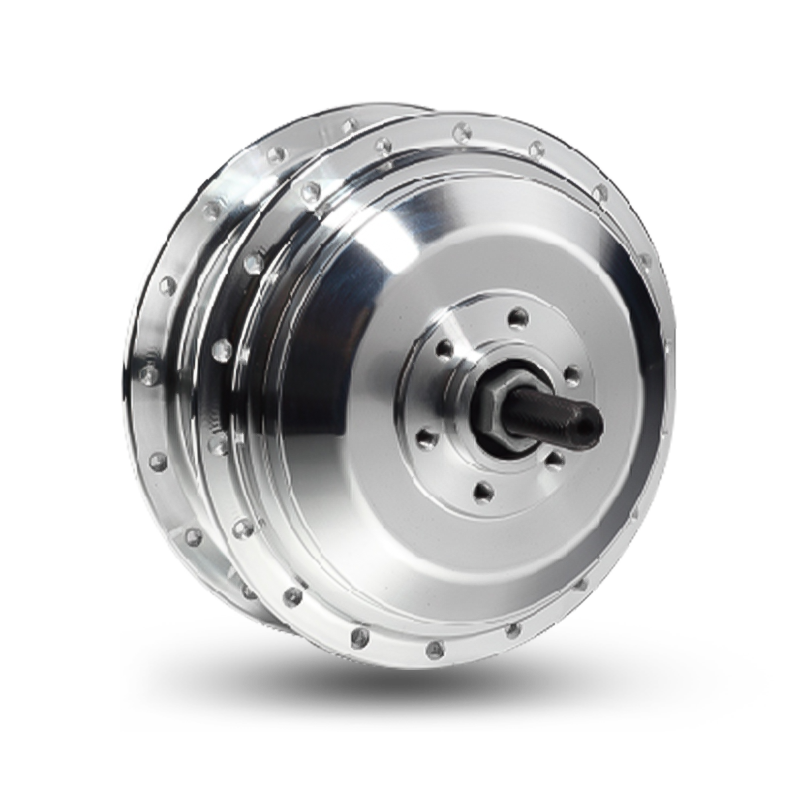 C-Type R350 Rear Hub Motor
C-Type R350 Rear Hub MotorThe C-Type R350 Rear Hub Motor, designed for city e-bikes, offers a rated power ...
If you are interested in our products, please consult us
- Address:No. 3 Dingqiao Rd, Jiangshan Town, Yinzhou District, Ningbo, Zhejiang Province, China
- Phone: +86 13806662915
- Email: K.zhang@hengtai-cn.com



 English
English 中文简体
中文简体